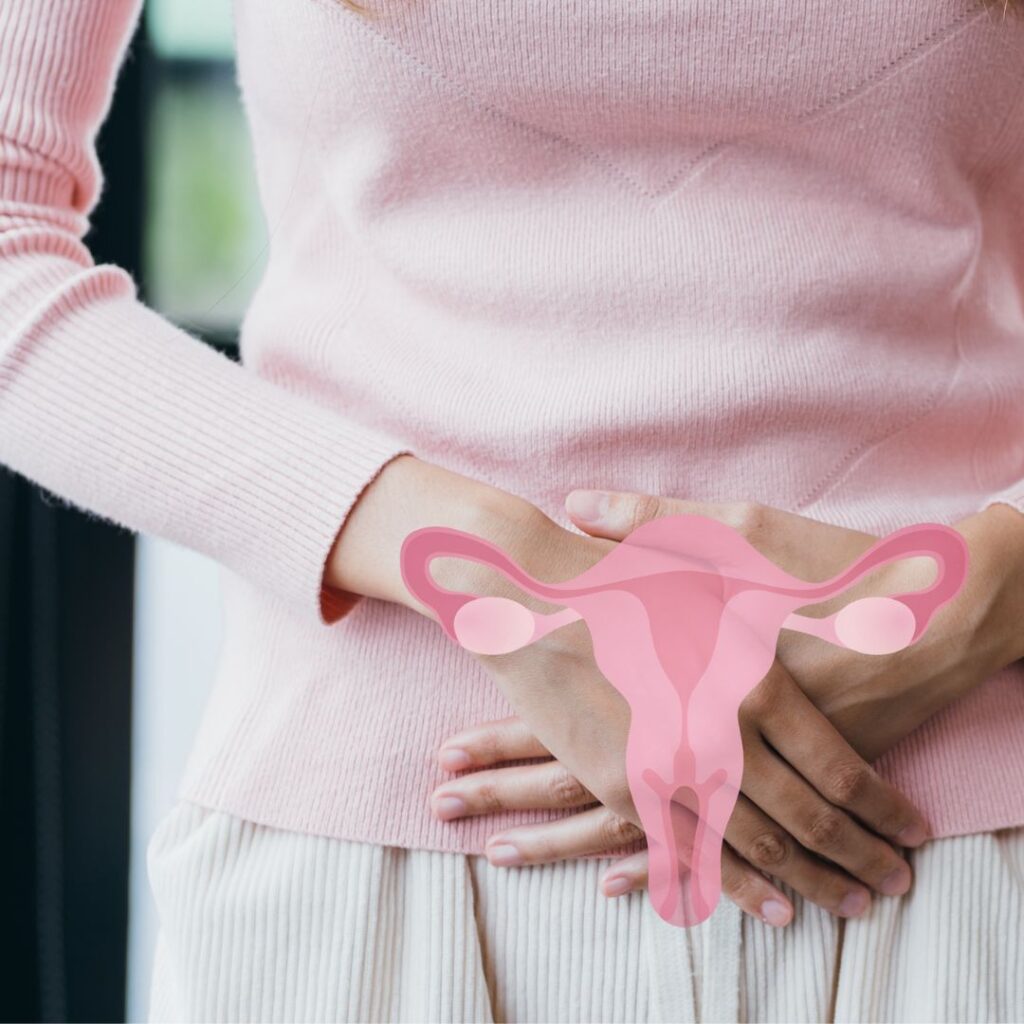PCOS and infertility:

PCOS is the most frequent cause of anovulation in infertile women and ovulation induction is the most common treatment. According to ESHRE 2023 this disorder should be cared as follow:
1-Preconception care:
women with PCOS requirements for preconception care is increased.so supplementation with folate, vitamin D, B-group vitamins (B-1, B-6, B-12) , and Vitamin E may be beneficial in improving reproductive outcomes.
2- Tubal patency testing:
women with PCOS and infertility due to anovulation alone with normal semen analysis should be individualized to do tubal patency testing before ovulation induction with timed intercourse or intrauterine insemination.
As women with tubal pathology in PCOS including those with:
● a history of previous abdominal septic surgery like peritonitis or pelvic surgical procedures
● a history of sexual transmitted infection or pelvic inflammatory disease or a positive serum test for
sexually transmitted infection
● concomitant endometriosis should do tubal patency test
3- ovulation induction:
A- Aromatase inhibitor:
– (AI) are effective as ovulation-inducing agents, letrozole being the most widely use AI.
– Letrozole should be the first-line for ovulation induction in infertile women with PCOS.
– concerns around fetal anomalies have been refuted with comparable rates to natural conception or other agents.
B- Clomiphene citrate and metformin:
– Clomiphene citrate is a SERM with both estrogenic and anti-estrogenic properties. Multiple pregnancy increases with clomiphene citrate and ovarian hyperstimulation syndrome is less than 1%. The potential for borderline increased risk of ovarian tumors with 12 cycles.
– Metformin is an insulin sensitizing agent, has been most widely studied in PCOS and has the most reassuring safety profile, but it is efficacy has been controversial.
– Clomiphene citrate could be used in preference to metformin in women with PCOS with anovulatory infertility and no other infertility factors, to improve ovulation, clinical pregnancy and live birth rates.
C- Gonadotrophins:
– Gonadotrophins could be second-line pharmacological therapy for women with PCOS who are anovulatory and infertile, with no other infertility factors and who have failed first-line oral ovulation induction.
4- Laparoscopic ovarian surgery:
– Laparoscopic ovarian surgery could be second-line therapy for women with PCOS who are infertile, with clomiphene citrate resistance and no other infertility factors
5 – In vitro fertilisation and in vitro maturation:
– IVF could be offered in women with PCOS and anovulatory infertility, if first- or second-line ovulation induction therapies have failed
– The use of a GnRH antagonist protocol for women with PCOS undergoing IVF/ICSI is the recommended as it enables the use of an agonist trigger, with the freezing of all embryos generated if required, without compromising the cumulative live birth rate, to reduce the risk of significant ovarian hyperstimulation syndrome.




